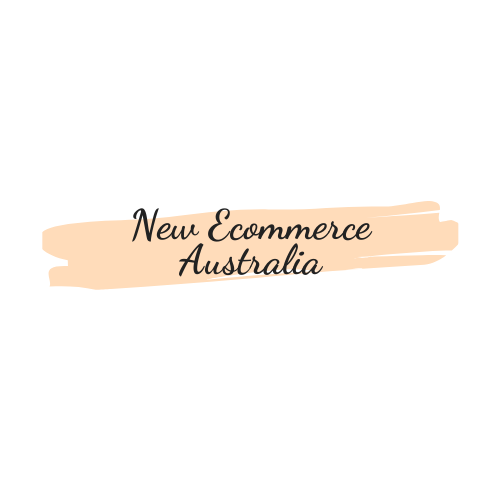See our services : Blockchain development, Backbase Solutions
Consumer Behavior Stats 2021: Post-Pandemic Shift In Online Shopping Habit
The COVID-19 pandemic changed not only the way we live and work but also radically influenced consumer behavior.
With mandatory lockdowns, brick and mortar stores closing, and people stuck in their homes, brands and consumers both had to shift quickly their daily routines. Consumers formed new shopping habits, which accelerated social and online shopping trends that have been growing for years.
After more than a year of dramatic change, we decided that it was time to assess the current state of the consumer market and what the future holds.
Our new data report surveyed more than 2,000 consumers in the U.S., UK, and Australia to find out how they shop online and what brands are most important to them. These responses provide important information about consumer behavior that brands can use to help them navigate the post-pandemic marketplace and better serve their customers.
These are the top trends that we identified.
Online shopping is booming.
McKinsey conducted a 2020 consumer sentiment survey that showed more people expect to shop online after COVID.
Our report shows that 67 per cent of consumers said their online shopping has increased since the outbreak. 27% of people claim that their online shopping has increased significantly.
The Global Awarded Magento POS – 2021 Stevie Awards Product Innovation winner provides you with a powerful Magento POS extension as well as 24/7 support. Other products : Shopify Pos, Bigcommerce Pos, Woocommerce Pos
People report buying more online, and they plan to keep their new elevated eCommerce shopping habits. 91% of respondents said they are likely to continue to buy more online items in the future. 52 per cent stated they are very likely.
Another report from NetElixir showed that 73% of online shoppers feel comfortable buying from new brands. 59% of those surveyed reported having bought from new brands in the time since the pandemic began. 75% said they are likely to continue buying from these new brands in future.
Social media platforms are attracting more people to create and consume content
Stat after stat was presented last year about how social media usage was reflected in consumer behavior. eMarketers discovered that as high as 51 percent of adults used social media at a higher rate during the pandemic. Additionally:
- Instagram saw an increase of 70% in live viewing during the initial days of the pandemic
- YouTube usage grew 15.3 percent
- TikTok daily usage increased 15.4 percent
Our research confirms that COVID-19 influenced a shift in social media habits. 72 per cent of people in all age groups and regions report an increase in their social media time since the outbreak of the global pandemic. This number is even greater for Gen Z, with 79 per cent reporting that their social media usage has increased, and 46% saying that it’s increased a lot.
The amount of content that people post on social media has increased with the increase in time spent. A large portion of respondents (41%) say that their social media posts have increased in frequency since the outbreak. Millennials’ posting habits on social media are slightly higher (43%) than the average.
Today’s shoppers are increasingly looking for authentic and personalized experiences from brands.
This is one the most significant insights from our consumer behavior statistics report. The overwhelming majority of consumers (88%) believe authenticity is essential in deciding which brands to support and love. Only 50% say authenticity is very important.
Consumers see today’s brands as failing to deliver. According to our report 83% of consumers think that retailers should offer more authentic shopping experiences for customers like them. This indicates that there are still opportunities for brands to grow in this area (and possibly even outperform their competitors).
Which content is authentic? People are 31% more likely than brand-created content to claim UGC authentic, and 5.9x as likely to say it’s most authentic.
70% of consumers believe that brands must be authentic. This is an increase from 67% in 2019.
Consumers will reward brands that make it a priority to offer more personalized online shopping experiences. According to 72 per cent of respondents, a brand that provides a personalized shopping experience is more likely to make a purchase.
UGC strongly influences consumer purchasing decisions and encourages consumers to take action
Our report shows UGC is 8.7x more influential than influencer content, and 6.6x less influential than branded content. In consumers’ eyes, 79 per cent of respondents say user-generated content has a significant impact on their purchasing decisions.
56 per cent of online shoppers also believe they are more affected by videos and images from social media than before the pandemic. This is particularly true for Gen Z shoppers who say that UGC has been more influential after COVID-19.
UGC is also desired by people when they purchase something online. 72% of respondents say that it’s the content most would like to see on eCommerce websites.
58 percent of respondents reported that they had left an eCommerce site without buying because it didn’t have customer reviews or photos. This trend is more prevalent among Gen Z (64%), and Millennials (60%).
Brands should look to the future and focus on building community.
According to our report, consumers will reward brands who invite them into creator communities. UGC comes from passion and excitement, and can be used as a digital form word-of mouth.
Brands have taken the extra step to create communities for their passionate customers. 62% of consumers and 65 percent of Gen Z were asked if they would be interested in joining such a community. They also indicated that they would likely join an advocate group to create content for the brand they bought.
Another benefit to having a creator community is loyalty. People are more likely to stay loyal if they feel part of a brand. 61% of consumers and 65 percent of Gen Z say they would be more loyal to a brand if invited to join a customer advocate group.
Conclusion
We are excited to share the latest consumer behavior statistics with our audience of marketers. The trends shown above are only a small portion of the fascinating insights from our most recent data report.
source https://www.nosto.com/blog/consumer-behavior-stats/

